Hands-on with the HTC Vive Pro
HTC has upped the ante on Room Scale VR. The Vive Pro and Wireless Adapters are a force to be reckoned with.
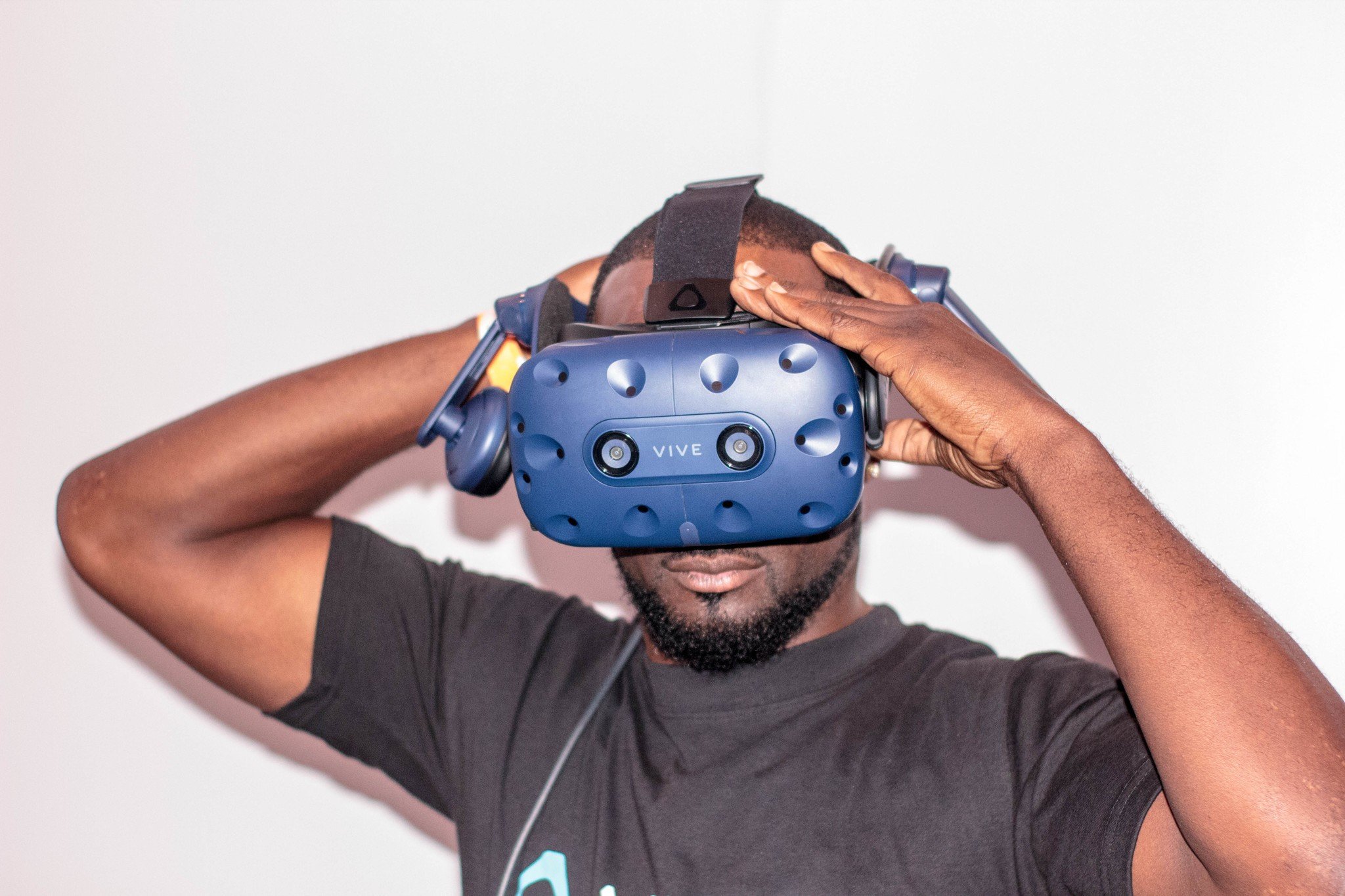
HTC, the company that brought us the VIVE headset, has announced its latest iteration. It's called the Vive Pro, and instead of replacing the Vive you can buy today, HTC plans to sell it separately as an upgrade for those who need something a little better.
With a new look, new sounds, new sights and pretty much new everything there's a lot to talk about, so let's jump in!
A new look
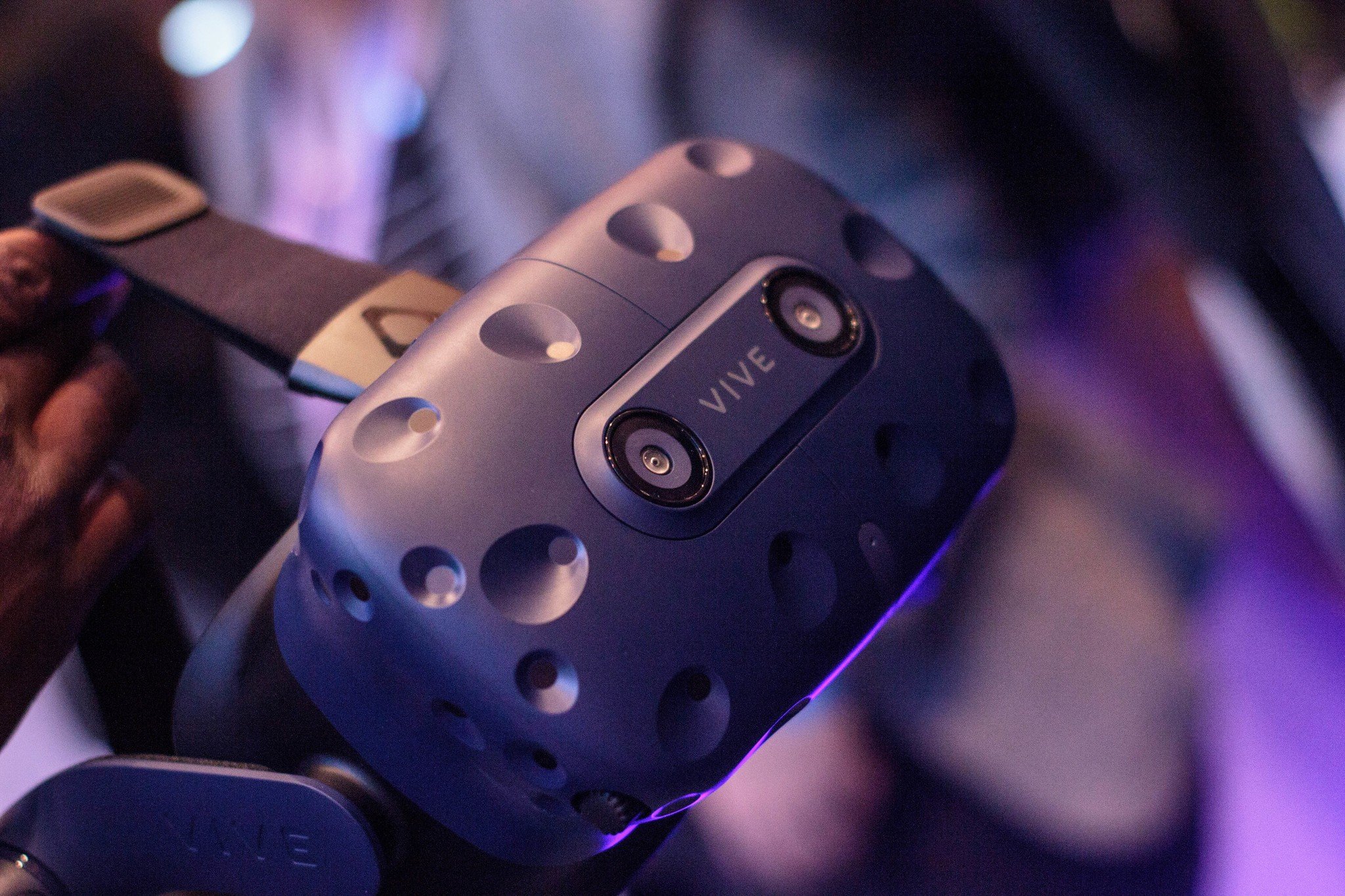
While the main body may look passingly familiar, the actual HMD is very different. Sporting two cameras on the front, much like the Windows Mixed Reality headsets, and a new matte blue finish, the Vive Pro is an altogether sturdier looking machine.
Unlike Mixed Reality headsets, these cameras aren't for tracking the world around you. Instead, HTC is opening these cameras to developers for things like augmented reality integration in Vive apps.
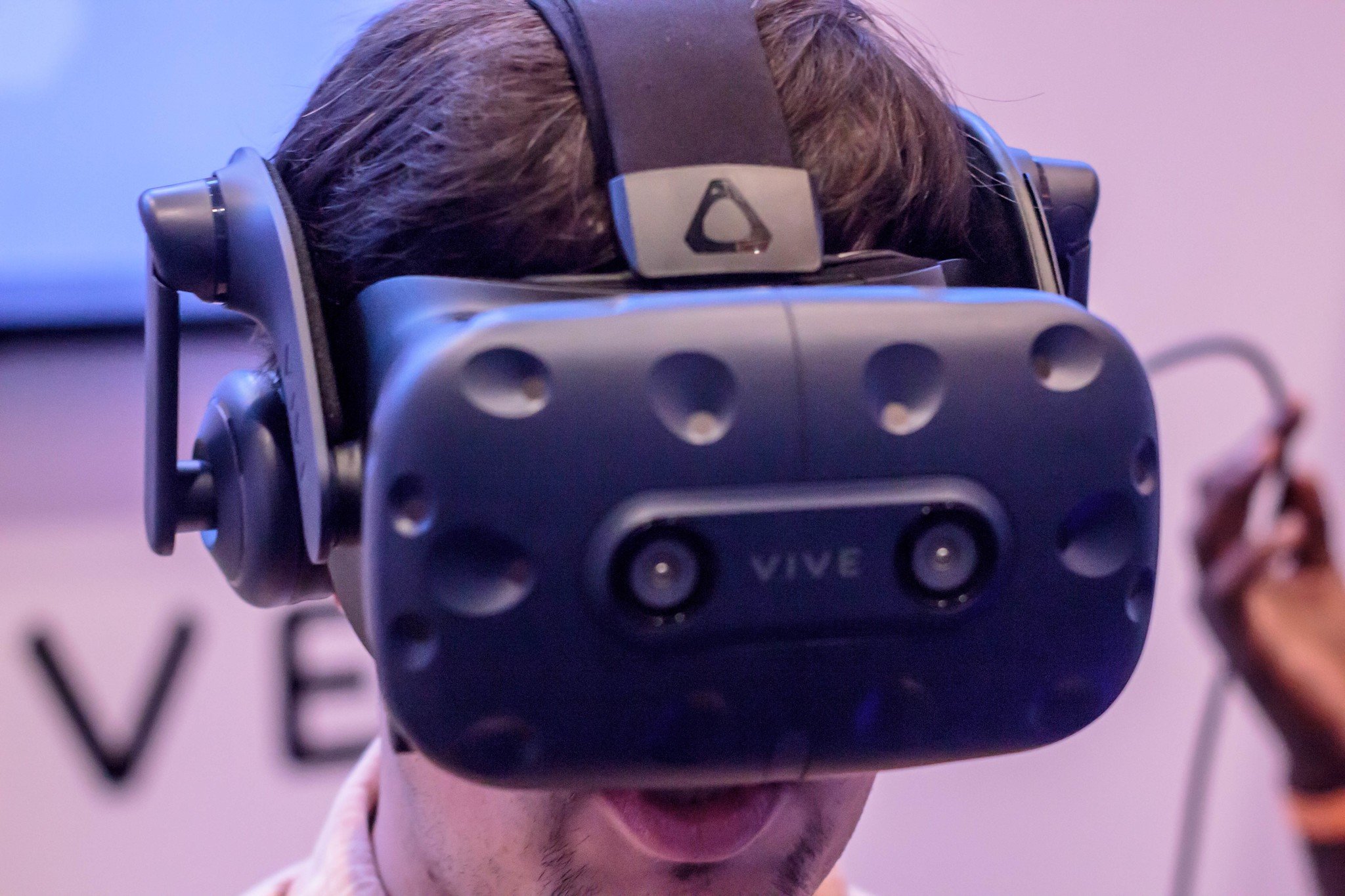
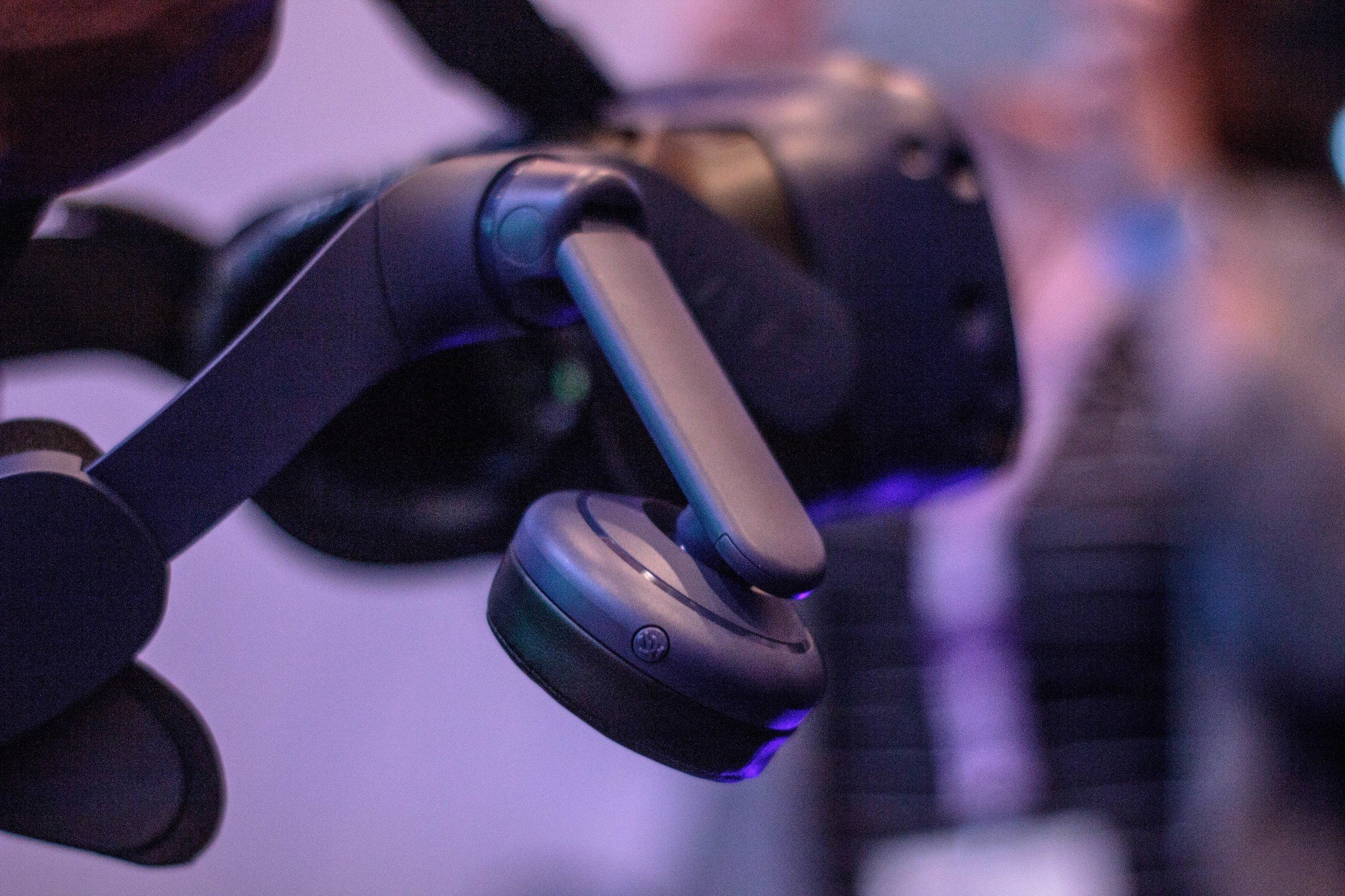
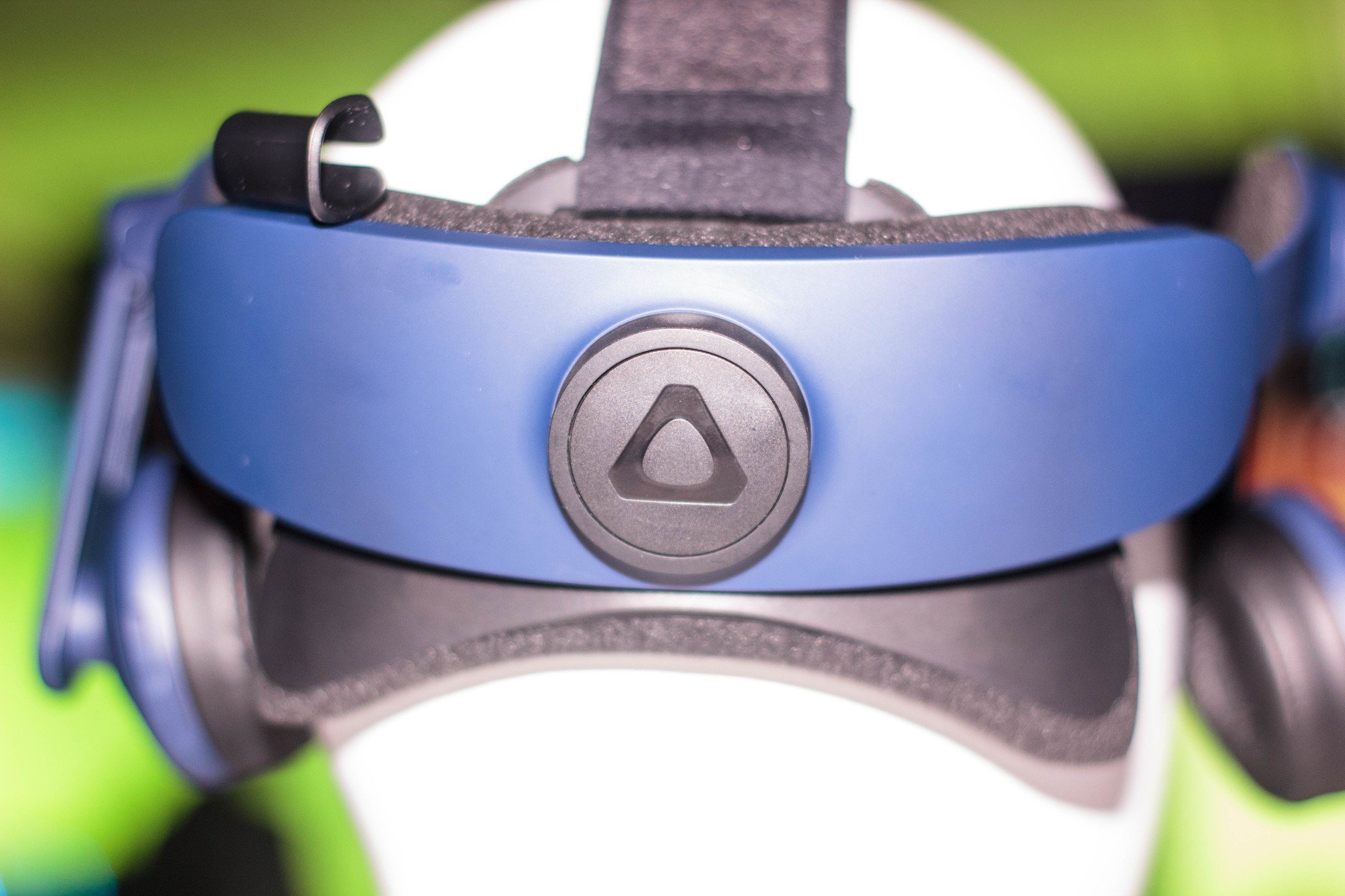
The updated design has created an improved weight balance across your head, making the strap that surrounds your head much bulkier, and with the in-built headphones and new adjuster, you can feel the size difference in your hand, but not the weight. Unlike the original Deluxe Audio Strap add-on for the HTC Vive, this new strap makes the headset feel like one solid piece with fully articulated parts you can adjust to fit you perfectly.
The Vive Pro is also considerably lighter than the original HTC Vive, and you can feel it as you move around. This weight difference will obviously be a much bigger deal as you go to use the headset for extended periods of time.
A new sound
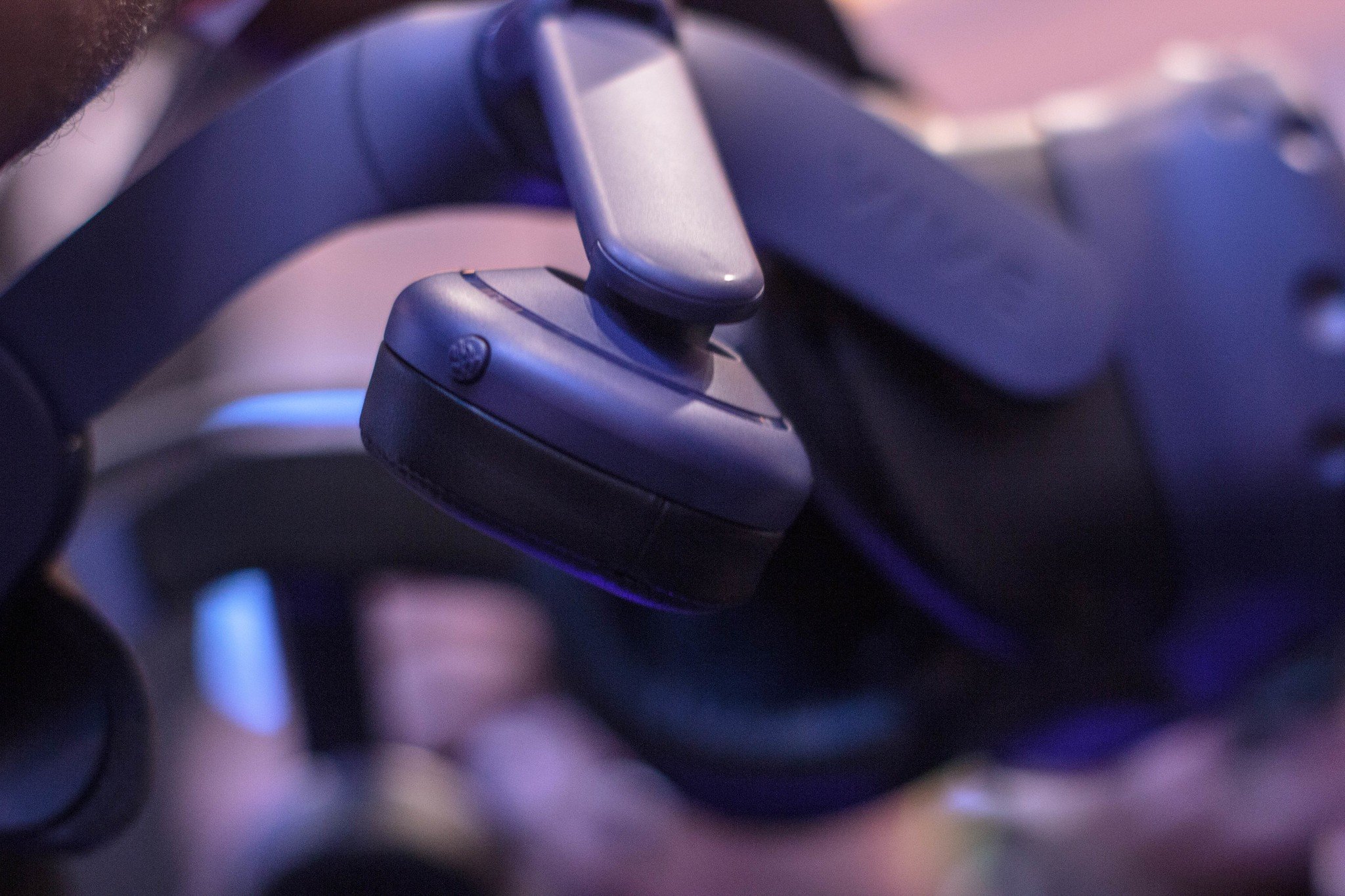
The internal headphones boast an in-line amplifier and integrated hi-fidelity earphones and the effect is quite dramatic. While not quite noise canceling in the busy room at CES, the Vive Pro manages to produce a pleasing sound and crisp audio from the other players in the game I played. I even got to try out a full racing simulation in a quieter corner of the hall and the sound blew me away. Short of hundreds of dollars of in-ear buds, I can't see how the sound can be better.
All the latest news, reviews, and guides for Windows and Xbox diehards.
The Vive Pro also has two mics to help with noise cancellation and it is very noticeable. The person taking me through the demo was as clear to me as if he was standing in the same room, talking over my left shoulder, as he guided me around. I did find not being able to hear myself a trifle disconcerting, though hopefully there is a monitor function somewhere and I just missed it.
New sights
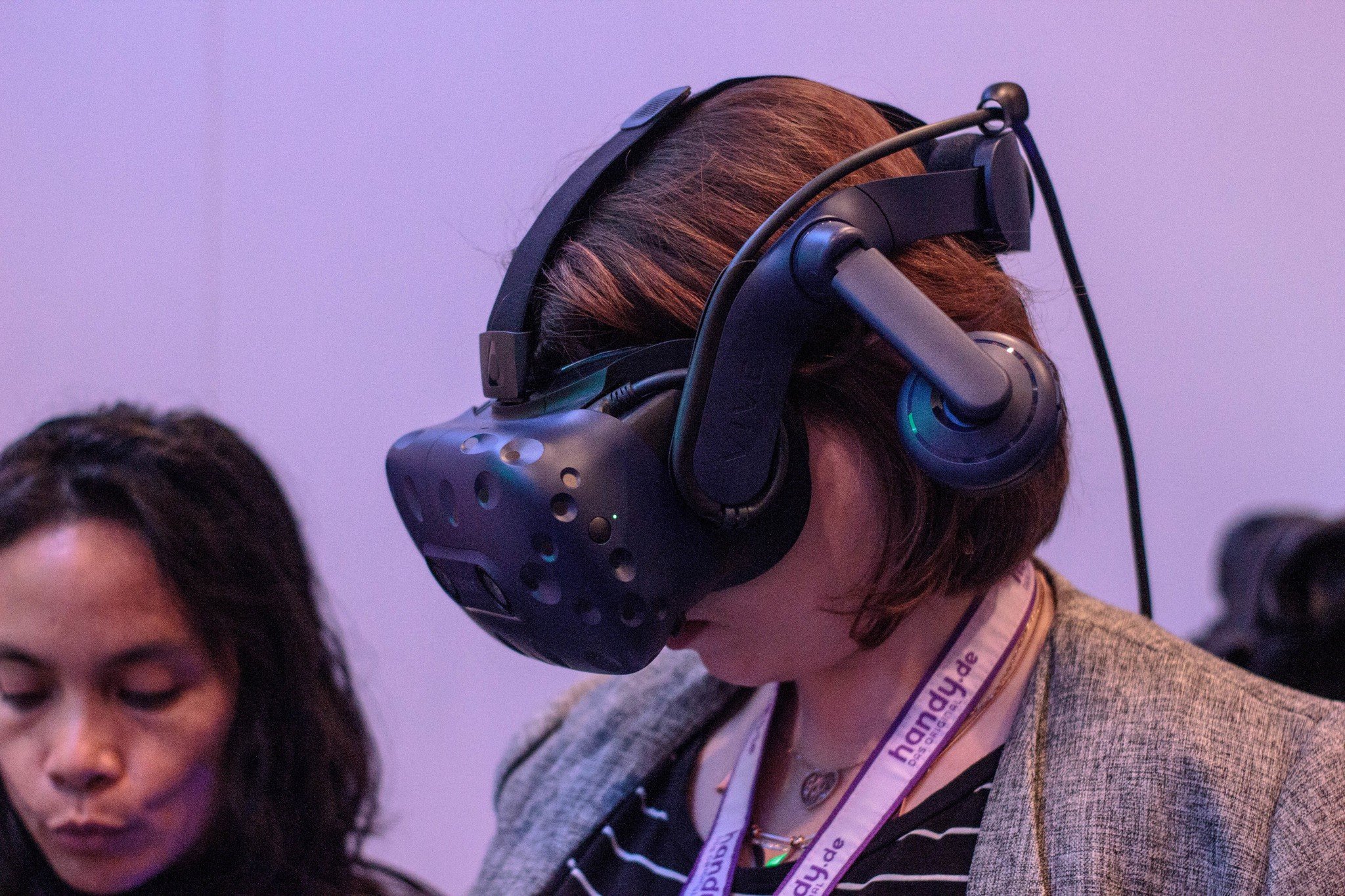
The biggest selling point and the reason you may actually want this upgrade is the new resolution. The Vive Pro now houses dual OLED displays with a combined resolution of 2880x1600, that's a 78% increase from the classic Vive, and with a new pixel density of 615ppi these screens really do give you an amazing feeling.
In all three of the demos I played, the visuals were stunning and I suffered none of the sickness you may feel in low res situations. Compared to the other HMD's I have tried there really is no contest and visually it blew me away.
New Freedom
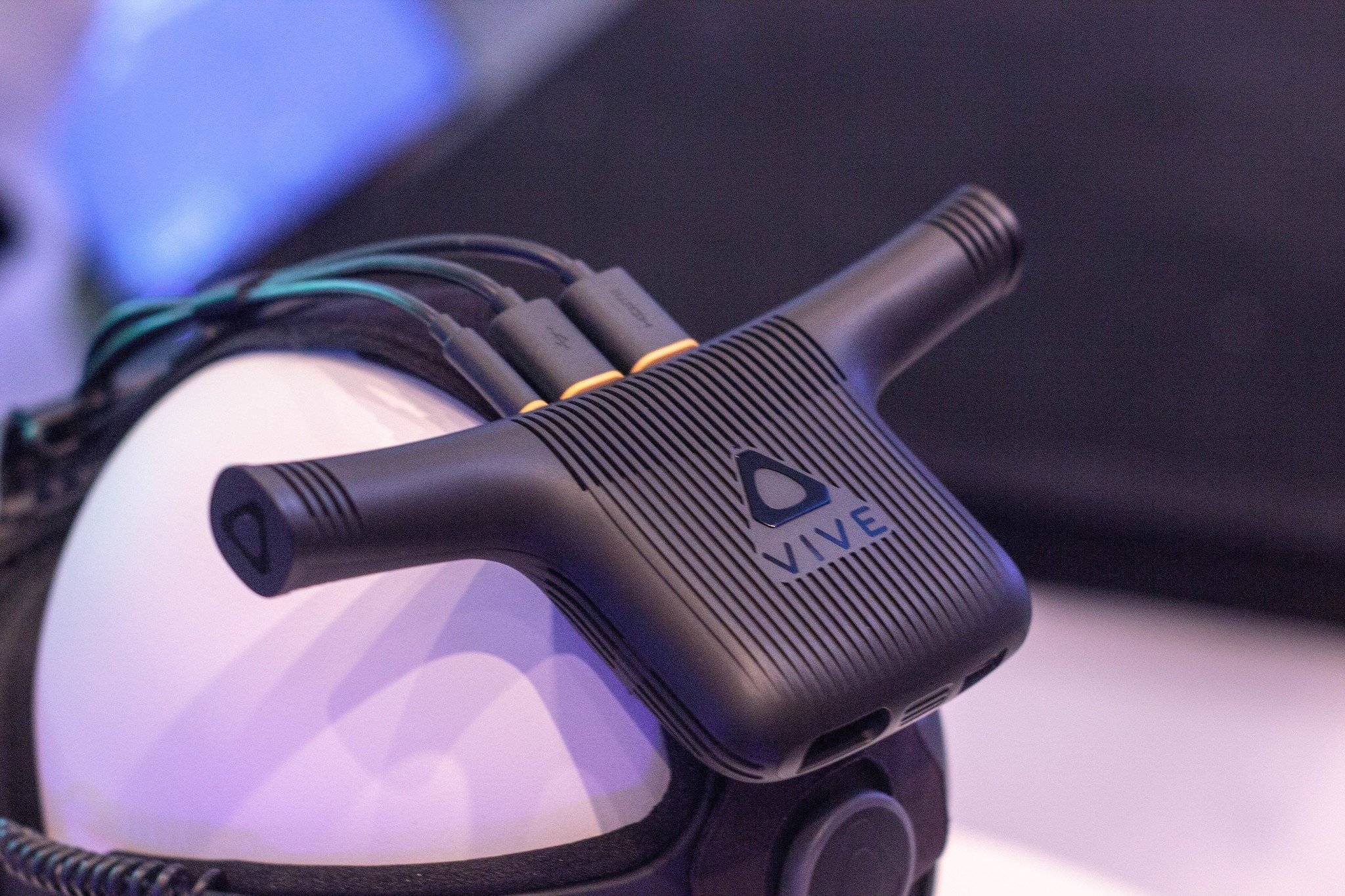
Today HTC also introduced two new pieces of hardware other than the Vive Pro, the Wireless adapter, and the 2.0 Base station.
The Wireless Adapter is what it says, a device that sits on the top center of your head, keeping that balance of weight distribution, and removes those pesky wires from your Vive and Vive Pro. In a bid to keep their promise of backward compatibility, HTC has made the Wireless Adapter work on both their HMDs. Using Intel's WiGig specifications, the Adapter uses the 60Ghz spectrum to cut down on interference to assure you have as smooth a ride as you would with the cables attached. I normally play DoomVFR on the PlayStation VR, but got to demo it with the wireless adapter and the Vive Pro and I can tell you it's like playing a different game entirely. There was no lag from the wireless adapter at all. At no point, even in the midst of battle and with 3 other adapters in the room, did I notice any dropped frames or interference at all.
The 2.0 base stations are pretty much the same as the 1.0 apart from a few helpful additions. Firstly they are prettier with a nice curved front, but they can also be strung together to create a playable, trackable, space of 10m x 10m, which is about as much as one person needs. HTC said this has been asked for by their commercial partners and I can see why a 10 square meter area that is fully tracked, alongside the wireless adapter, makes the Vive and Vive Pro the go-to for room scale VR.
Availability
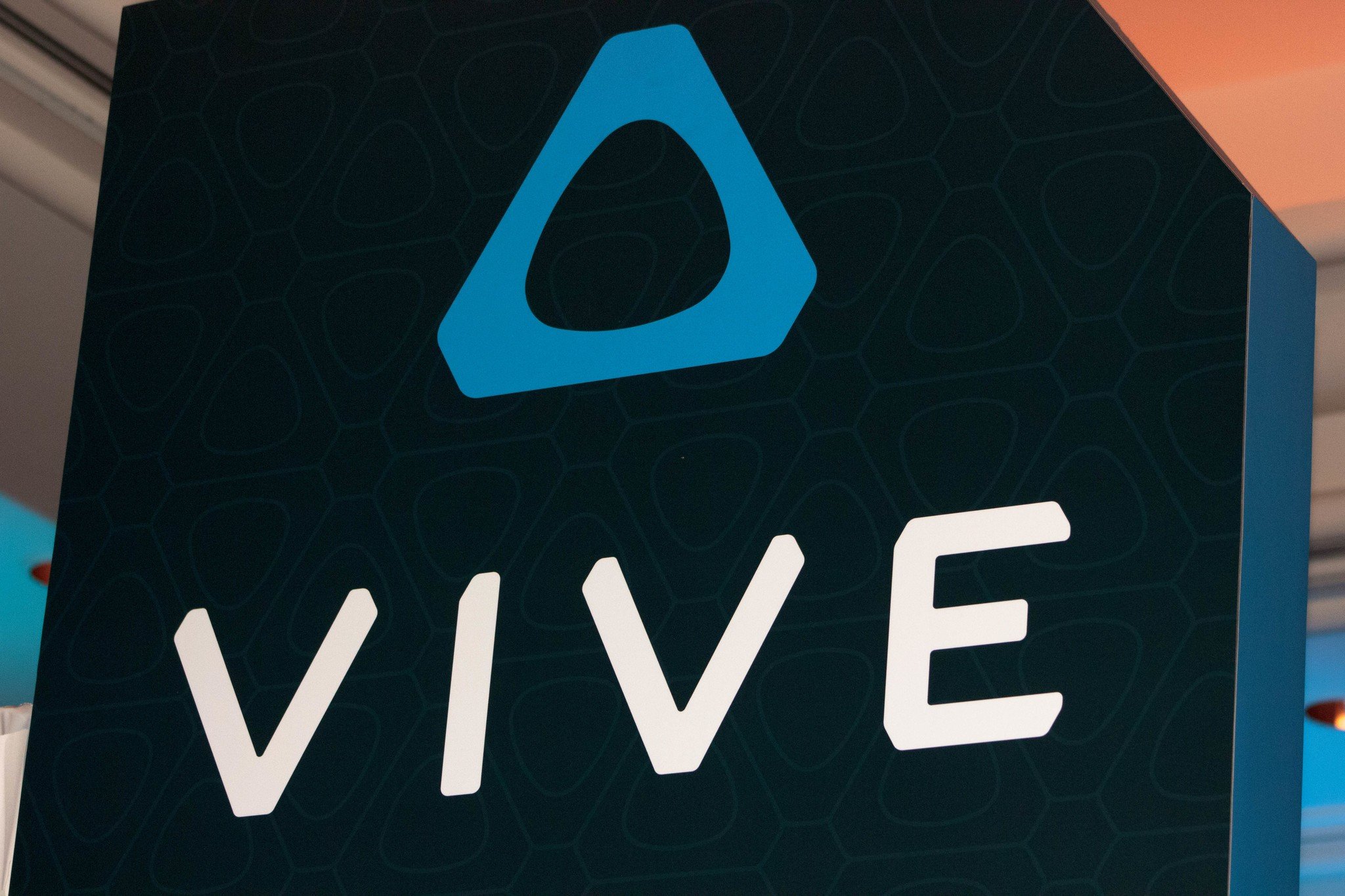
Here HTC became their normal vague selves. The Vive Pro is said to be available as an HMD-only upgrade April 5 and will cost about $800, while the full kit will be along "in the coming months". The wireless adapter is due this summer and I assume the 2.0 base station will be available with the Vive Pro kit. So if you already have all the Vive accessories and are looking to just upgrade the HMD you are in luck and allowing more people to upgrade if they want to.

James is a Former Contributor who built his first PC when he was 13 and has never looked back. He can be found on Windows Central, usually in the corner where all the 3D printers are, or huddled around the Xbox playing the latest games.
